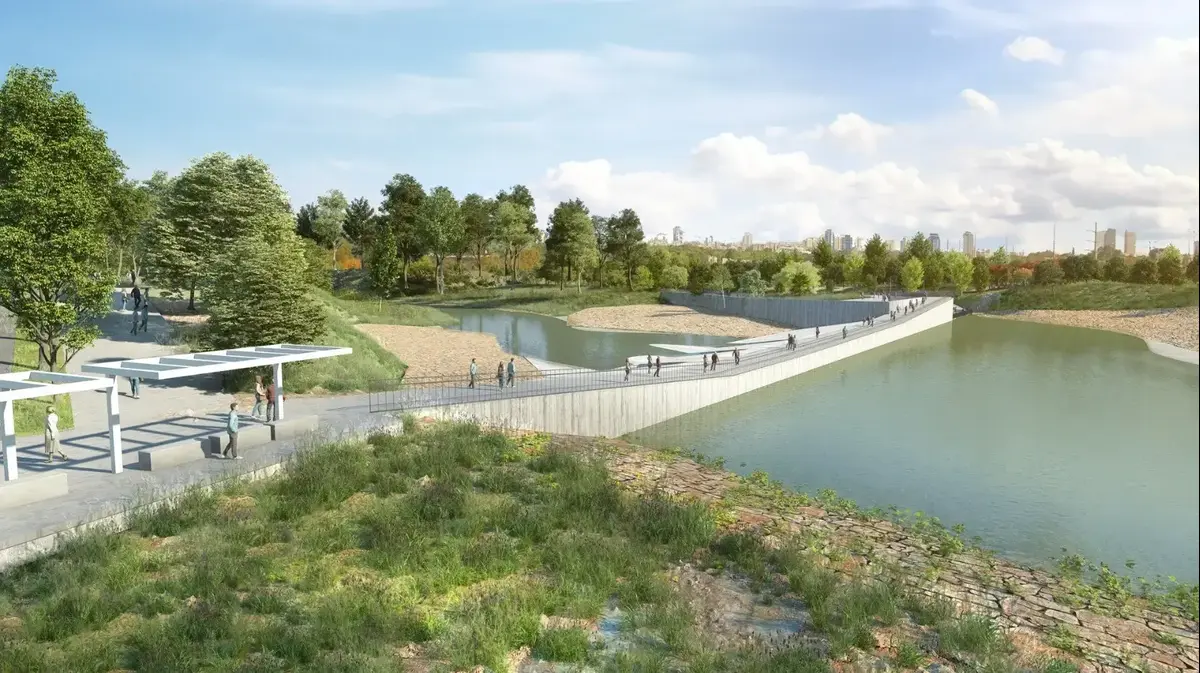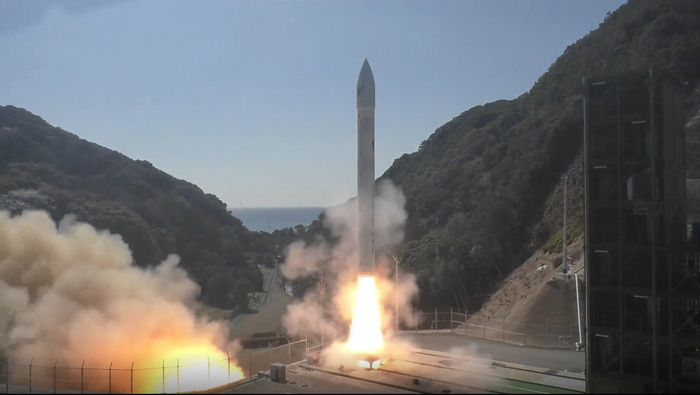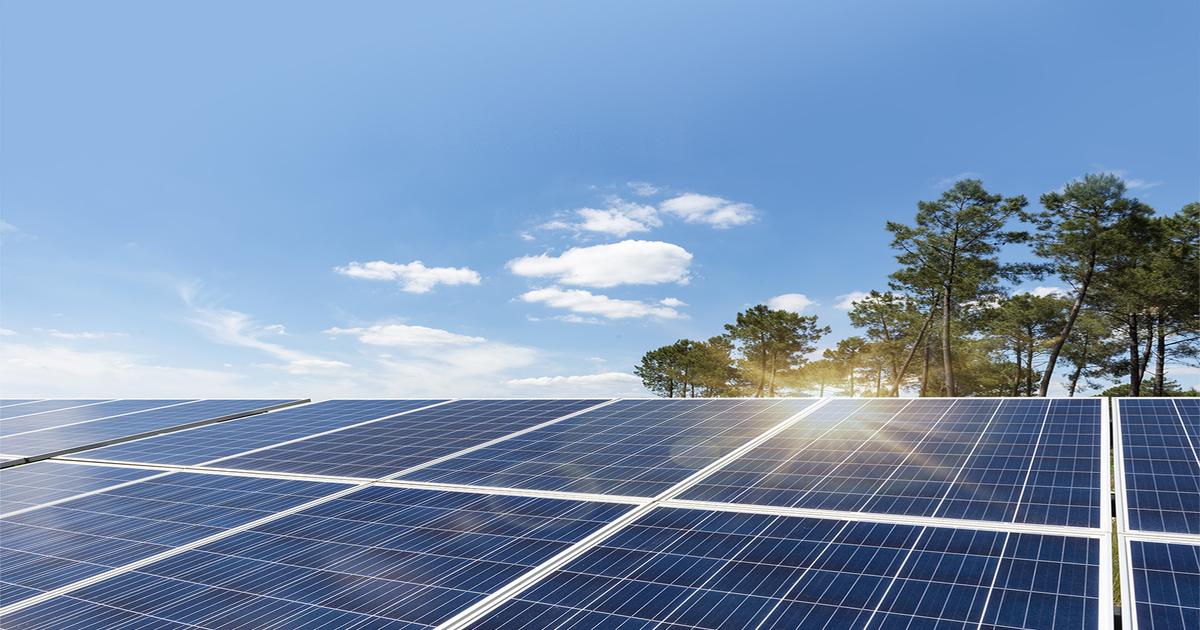Of money
The land of the rising sun?
India is building the largest solar park in the world
India positions itself as a world leader in the field of renewable energy and presents a plan to establish the largest park in the world for wind and solar energy production.
What can Israel learn from it?
Tags
India
solar energy
Jordan Cohen and Sapir Polak, Angle
Friday, 02 April 2021, 00:04
Share on Facebook
Share on WhatsApp
Share on general
Share on general
Share on Twitter
Share on Email
0 comments
After the rescue of the ship: Traffic in the Suez Canal was resumed ...
The cafes and restaurants opened: Netanyahu and the mayor opened ...
Rainforest selling angle video on Facebook
"I am without a filter" campaign
Last day of the campaign: The party leaders in a last-ditch effort to recruit ...
Sentinel One TV Campaign
Conflict at meeting between Biden and China: "Beijing ...
Uri Geller in a TV campaign for MasterCard
Election Procedure at Ben Gurion Airport: The checkpoints for entrants have been doubled, ...
Will a water trade angle video help farmers?
Large solar park in India (Angle)
In these tumultuous days the whole world seems to be in a period of drowsiness, wary of Corona and concentrating on maintaining health and fighting rising unemployment.
It was during this period in India, however, that they took the time to cause an energy revolution in the vast subcontinent, which is home to more than a billion citizens.
In the last year, an ambitious project has begun to take shape that will become the world's largest park for renewable energy - energy that originates from continuous natural processes in non-perishable materials, such as water, wind and solar radiation.
The construction of the project is expected to provide employment for about 100,000 workers in Cochin province in southern Gujarat state in western India, and the park is expected to cover an area of about 730,000 dunams (an area close to the territory of Singapore).
Indian Prime Minister Narendra Modi was proud of the future venture and stated that "the hybrid park will be the largest in the world, producing 30 gigawatts of energy each year".
According to the plans, the park is expected to generate these huge amounts by using wind turbines and by generating electricity from solar energy.
Thanks to this, the emission of about 50 million tons of carbon dioxide per year is expected to be saved, which involves the production of the same energy from fossil fuels (oil, gas and coal).
According to Modi, the station will have solar panels, solar energy storage units and wind turbines, and will include other projects that will help the area's economy and the well-being of residents, such as a desalination plant that will operate nearby and can process about 100,000 cubic meters of water daily. Million cubic meters per year - about a third of the capacity of the desalination facility in Ashkelon), which will serve the 800,000 residents of the Koch district where the park will be established, as well as facilities for pasteurizing milk.
Currently, there is no clear timetable for the launch of the venture, which will be set up under government auspices.
However, many commercial entities in the country and abroad have already expressed interest and desire for economic involvement in the park.
Meanwhile, the official announcement announcing the start of the project avoids specifying the budget that will be required for its construction, and experts in the country claim that this is a "megalomaniacal project", which may be problematic in terms of costs, partly because the areas where the park will be built are not empty. , They claim, these are areas that are a natural habitat for hundreds of species of birds, which can be severely damaged due to the works.
However, if the project is indeed successful, the promising figures are expected to dwarf the achievements of the rest of the world's largest solar farms.
For comparison, Bahadala Solar Park, the largest solar farm in the world at the moment, established in 2015 in India, produces "only" 2,245 gigawatts annually.
More on Walla!
The simple app that saves the forests of the world
To the full article
Ambitious, but realistic
"India's target is also amazing in terms of the size of the country. They will need to install significant storage facilities that can support the volume of this energy production and also invest in transmission grid infrastructure to flow the electricity produced across the country. The whole world is moving in the direction of renewable energy.
There is no doubt that India is aiming high.
The country has set a respectable target in the field of renewable energy: production of 175 gigawatts of renewable energy by 2022, and 450 gigawatts by 2030. For comparison, as of November 2020, all installed capacity for electricity generation (from perishable sources And renewable) in India stood at 373 gigawatts, of which 136 gigawatts were produced by the use of renewable energies.
A minority using wind turbines and most using solar fields.
In relation to the rest of the world India sets a very ambitious goal.
Germany, for example, is considered the leading country in the field of renewable energy today, and 46 percent of all electricity consumption in the country today is a product of solutions that came from the worlds of renewable energy (wind, solar, hydroelectric and biogas burning).
If that is not enough, in the past year alone there has been a 13 percent increase in the volume of solar energy production in the country through the installed infrastructure, compared to 2019 and this is mainly due to optimal weather conditions.
And yet, compared to India, the figures will sound particularly low given the fact that the volume of energy production in Germany in 2020 was 53 gigawatts.
It can be understood, then, that India’s energy targets are very high.
This is also one of the reasons why energy economics experts claim that the Indian government will not be able to meet the targets it has set for itself, mainly due to frequent changes and inconsistencies in government decisions.
Despite this, there are those who claim that these are completely realistic goals.
According to Dr. Daniel Madar, a researcher and scientific consultant on alternative energies, climate change, agriculture and the environment, India will be able to meet the respectable target it has set, but it also qualifies and explains that "there may be delays due to the corona virus.
In Israel, for example, there are delays in solar energy because solar panels are made in China. "
India's urgency in the race to strengthen the country's renewable energy system is part of a global trend. Dr. Sharon Soroker, director of the Heschel Center's energy project, explains:" India is also amazing in terms of country size.They will have to install significant storage facilities that can support the volume of this energy production and also invest in transmission network infrastructure to flow the electricity produced across the country.The whole world is going in the direction of renewable energy because there is an understanding that it is a cheap but dramatic solution "Very much in terms of its impact on dealing with the climate crisis."
As early as 2019, India was ranked fourth in the world in investment in wind energy and third in the world in investment in solar energy production.
There is no doubt that one of the main reasons for India's revolution in its energy production economy is that it is one of the most problematic countries in the world in terms of air pollution and greenhouse gas emissions: pollution in India's major cities is one of the worst in the world. Of greenhouse gases in 2019 (after China, the United States and the European Union).
"India has a large greenhouse gas emissions, but relative to the size of the population, it is significantly lower than that of the United States or Europe," explains Madar. Greenhouse gases and there will be more pollution, but India is building fewer coal-fired and gas-fired power plants than it was supposed to build according to its pace of development and is expected to achieve and even exceed its commitment in the Paris Agreement to change climate on greenhouse gas emissions.
Therefore, the increase in greenhouse gas emissions and air pollution in India is less drastic than feared. "
More on Walla!
Satellites and Surveillance: This is how unruly fishing corporations will be identified
To the full article
Indian Prime Minister Naranda Modi (Photo: Reuters)
A small country with sun
What can Israel learn from what is happening in India?
"There has been great progress in this area in the
last
three years
and Israel is building solar facilities on a larger scale than before," says
Madar.
"Israel needs to use mainly solar energy and storage. We have an infinity of it. If we
combine the use of solar energy with the application of various energy storage technologies, we can make
most of the use of electricity in Israel one that relies on renewable energy."
Despite our significant development in the field of renewable energies in recent years, there is
undoubtedly much more to progress.
Soroker claims that not enough has been done in the field so far.
"More needs to be done. There are areas that the state has allocated to solar farms, but there is also a need to
use existing infrastructure such as roofs, reservoirs, agricultural areas and also areas of the
security
system
- that is, right inside bases. It needs to be interpreted in other directions," he explains.
Madar strengthens his words and emphasizes that the use of existing infrastructure prevents damage to open spaces and biodiversity where renewable energy infrastructure is established, and concludes that "very ambitious goals should be pursued in order to reduce greenhouse gas emissions and slow down climate change."
The article was prepared by Zavit - the news agency of the Israeli Association of Ecology and Environmental Sciences
Share on Facebook
Share on WhatsApp
Share on general
Share on general
Share on Twitter
Share on Email
0 comments








